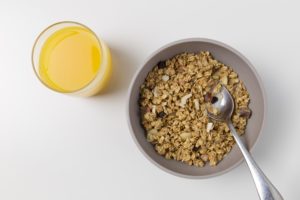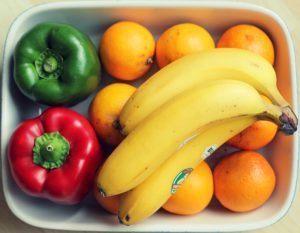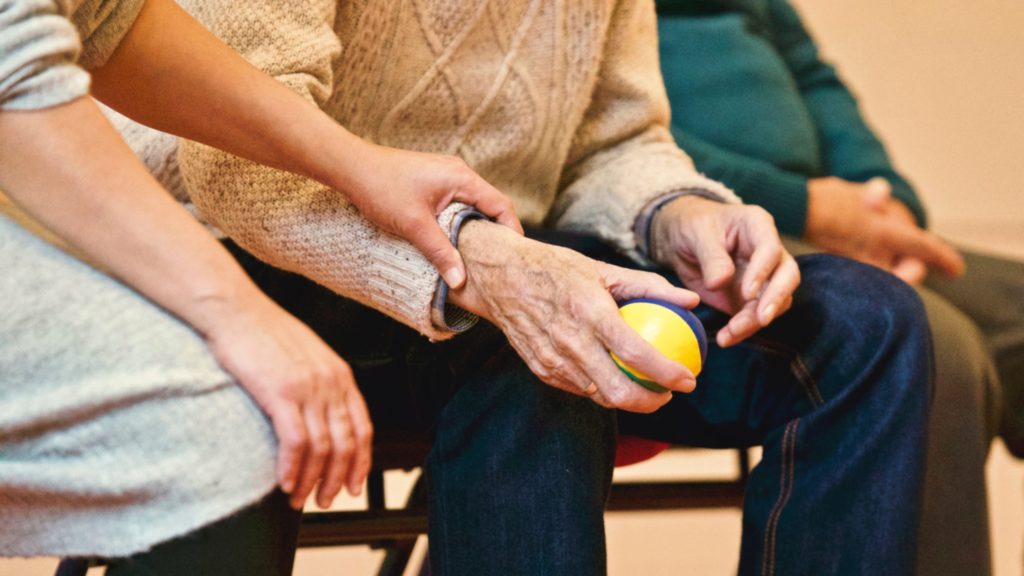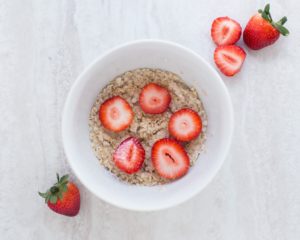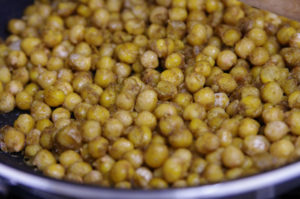Introduction
Hemorrhoids, also known as piles, are a common medical condition that affects millions of people worldwide. While they can be a source of discomfort and pain, many individuals find relief through treatments such as lifestyle modifications, over-the-counter medications, or medical procedures. However, one challenge that some individuals face is hemorrhoid recurrence. In this blog, we will delve into the causes of hemorrhoid recurrence and explore preventive measures to minimize the chances of it happening.
Understanding Hemorrhoids
 Hemorrhoids are swollen blood vessels in the rectal and anal area. They can occur internally or externally and are typically caused by increased pressure in the lower rectum. Factors contributing to this pressure include straining during bowel movements, chronic constipation or diarrhea, obesity, pregnancy, and even genetic predisposition. Hemorrhoids can be uncomfortable, causing symptoms like pain, itching, bleeding, and discomfort during bowel movements.
Hemorrhoids are swollen blood vessels in the rectal and anal area. They can occur internally or externally and are typically caused by increased pressure in the lower rectum. Factors contributing to this pressure include straining during bowel movements, chronic constipation or diarrhea, obesity, pregnancy, and even genetic predisposition. Hemorrhoids can be uncomfortable, causing symptoms like pain, itching, bleeding, and discomfort during bowel movements.
Causes of Hemorrhoid Recurrence
Hemorrhoid recurrence can be frustrating, but it is not uncommon. Several factors contribute to the reappearance of hemorrhoids after successful treatment or relief:
Preventive Measures
While hemorrhoid recurrence can be challenging, there are several preventive measures that can help reduce the likelihood of it happening:
Conclusion
Hemorrhoid recurrence can be a frustrating and uncomfortable experience, but with the right preventive measures and lifestyle changes, it can often be avoided or minimized. By addressing the underlying causes and adopting a healthy lifestyle, individuals can significantly reduce their risk of recurring hemorrhoids and enjoy better long-term rectal and anal health. If you experience persistent or severe symptoms, consult with a healthcare professional for guidance and treatment options.
Note: One Stop Medical Center provides the service of hemorrhoid care. We have two office locations in Edina, Minnesota, and Casselberry, Florida. If you are interested in hemorrhoid care, Please fill out the online registration first, we will call you in 2 business days, or please call us at 1-888-992-0019 if any questions.
 When you think of medical conditions or illnesses related to Minnesotans, you may assume something along the lines of frostbite, pneumonia, dry skin, or just anything related to the state’s extremely cold winters. However, a study of the most frequently Googled health condition in every US state in the past year revealed that the Land of 10,000 Lakes is most concerned about…
When you think of medical conditions or illnesses related to Minnesotans, you may assume something along the lines of frostbite, pneumonia, dry skin, or just anything related to the state’s extremely cold winters. However, a study of the most frequently Googled health condition in every US state in the past year revealed that the Land of 10,000 Lakes is most concerned about…
 Constipation is one of the most common bowel disorders affecting American adults, with roughly 20 percent of the population suffering from hard, painful stools. Defined as having fewer than three bowel movements per week for several weeks, constipation occurs when the colon absorbs too much water from the food passing through it, creating dry stool that’s extremely difficult to pass.
Constipation is one of the most common bowel disorders affecting American adults, with roughly 20 percent of the population suffering from hard, painful stools. Defined as having fewer than three bowel movements per week for several weeks, constipation occurs when the colon absorbs too much water from the food passing through it, creating dry stool that’s extremely difficult to pass.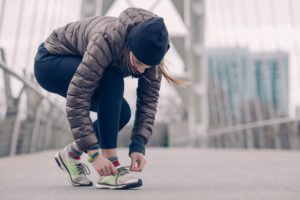 3. Exercise more – Being more active is always beneficial to your health! Hitting the gym or simply going for a jog outside helps aid food breakdown and reduce the time it takes food to move through the large intestine. The less time food sits in your colon, the more water it retains to help ease stool passage later.
3. Exercise more – Being more active is always beneficial to your health! Hitting the gym or simply going for a jog outside helps aid food breakdown and reduce the time it takes food to move through the large intestine. The less time food sits in your colon, the more water it retains to help ease stool passage later. The average American spends over five hours per day scrolling through Instagram feeds, checking Twitter, answering emails and texts, and watching Netflix—all via smartphone devices and, more often than not, while sitting. Add in the extra layer of using these mobile devices during bathroom trips, and most of us have significantly increased our risk of developing hemorrhoids.
The average American spends over five hours per day scrolling through Instagram feeds, checking Twitter, answering emails and texts, and watching Netflix—all via smartphone devices and, more often than not, while sitting. Add in the extra layer of using these mobile devices during bathroom trips, and most of us have significantly increased our risk of developing hemorrhoids.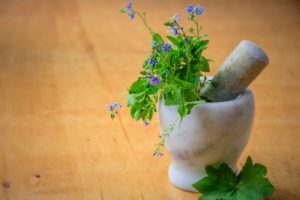 Yes, you read that correctly—elephant foot yam is loaded with potential medicinal benefits and may even improve hemorrhoidal symptoms. This alternative medicine has long been used in Ayurveda, a traditional system of medicine rooted in the Indian subcontinent whose practices have recently been globalized. Used to treat numerous conditions such as sperm quality, liver and spleen disorders, and hemorrhages, elephant foot yam just may be the next big home remedy for treating hemorrhoids as well.
Yes, you read that correctly—elephant foot yam is loaded with potential medicinal benefits and may even improve hemorrhoidal symptoms. This alternative medicine has long been used in Ayurveda, a traditional system of medicine rooted in the Indian subcontinent whose practices have recently been globalized. Used to treat numerous conditions such as sperm quality, liver and spleen disorders, and hemorrhages, elephant foot yam just may be the next big home remedy for treating hemorrhoids as well.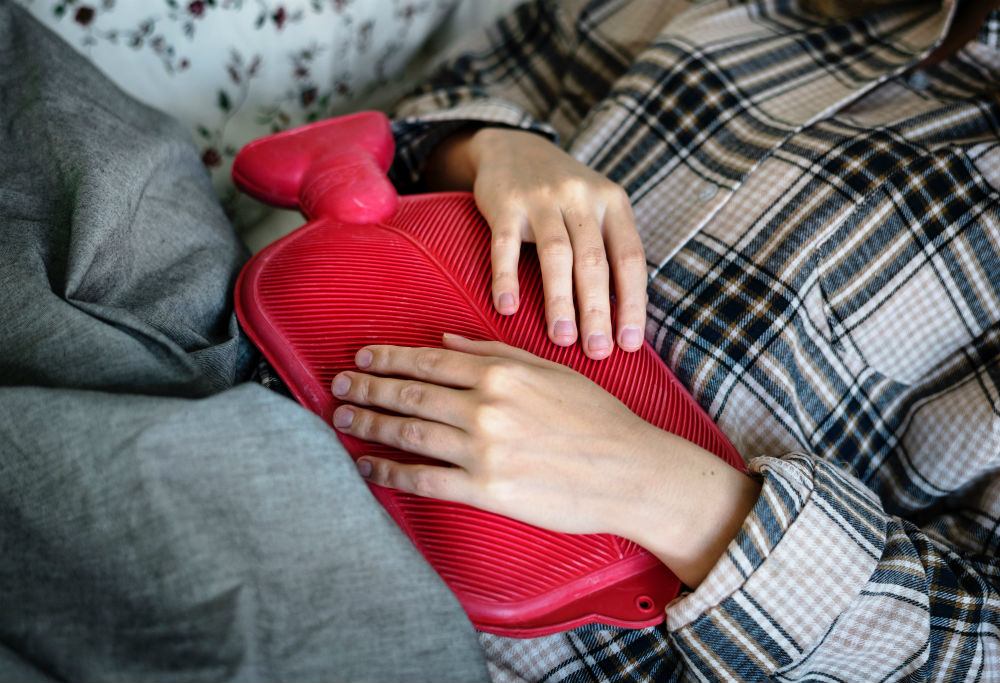 When considering
When considering 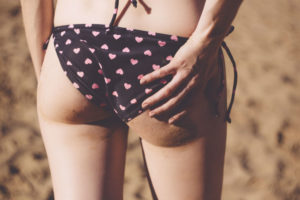 While the term
While the term  Hemorrhoids have plagued humans for thousands of years, with the earliest known mention of its symptoms dating back to roughly ~2250 BC in the kingdom of Babylon in the Code of King Hammurabi. Fast forward to 1700 BC in Egypt, and we stumble upon the first-ever recorded case of hemorrhoids, which also happened to highlight an important topical wound ointment.
Hemorrhoids have plagued humans for thousands of years, with the earliest known mention of its symptoms dating back to roughly ~2250 BC in the kingdom of Babylon in the Code of King Hammurabi. Fast forward to 1700 BC in Egypt, and we stumble upon the first-ever recorded case of hemorrhoids, which also happened to highlight an important topical wound ointment. Dealing with hemorrhoid discomfort can be a real pain (literally). In addition to visiting your doctor for a full exam,
Dealing with hemorrhoid discomfort can be a real pain (literally). In addition to visiting your doctor for a full exam,  2. Straining/overexerting yourself during workouts – If a weight is too heavy, DON’T force yourself. Suddenly increasing weight amounts too quickly puts a burst of pressure on your lower region, which is NOT what you want for your blood vessels.
2. Straining/overexerting yourself during workouts – If a weight is too heavy, DON’T force yourself. Suddenly increasing weight amounts too quickly puts a burst of pressure on your lower region, which is NOT what you want for your blood vessels. 5. Sitting for long periods of time – It’s not just excessive toilet-sitting that’s frowned upon. Sitting and binge-watching four straight hours of Keeping Up With the Kardashians will essentially produce the same negative results. Decreased mobility can cause blood flow to also decrease, and blood is more likely to gather up/pool in the anal veins, causing irritation and swelling that can develop into hemorrhoids.
5. Sitting for long periods of time – It’s not just excessive toilet-sitting that’s frowned upon. Sitting and binge-watching four straight hours of Keeping Up With the Kardashians will essentially produce the same negative results. Decreased mobility can cause blood flow to also decrease, and blood is more likely to gather up/pool in the anal veins, causing irritation and swelling that can develop into hemorrhoids.